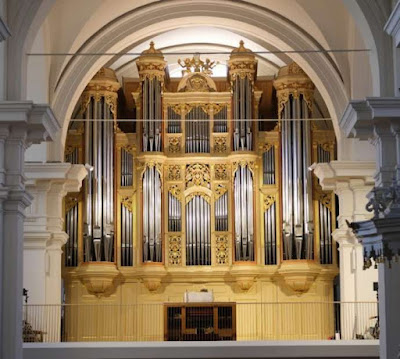 |
| Double click to enlarge for reading |
 |
| View of Old Town Koper from the air. |
 |
| Our docking spot was right across from this freighter being unloaded. |
 |
| By the looks of these metal discs placed around the mooring lines, it seems that even modern ships have to take precautions so the rats don't find a new home onboard. |
 |
| 15th-century Praetorian Palace and Loggia in Venetian Gothic style. It used to be the podestà's seat, today it houses the Koper city government |
 |
| The following are some of the treasures and artwork found in the cathedral. |

 |
| The Cathedral and Bell Tower are in Tito Square along with other historic buildings... |
 |
| The street leading to Tito Square has some of the historic homes whose second story projected out over the street. This one has a very interesting paint pattern. |




















No comments:
Post a Comment